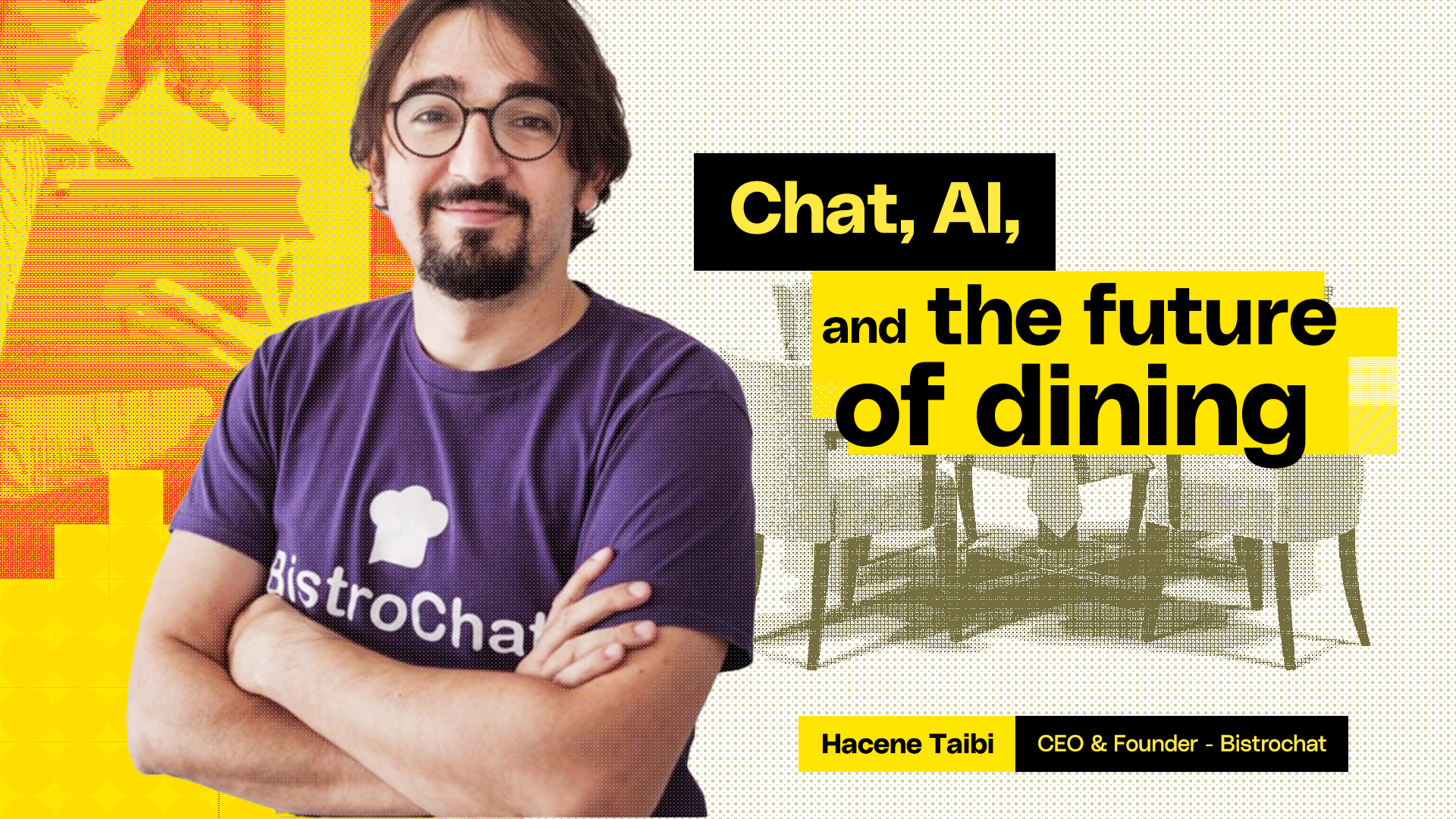
Whoever said "if you want to go fast, go alone" was either a founder having a bad day or a parent trying to leave the house with a toddler. While telling other people your big plan is easy, getting them to follow you is a whole different ball game.
So what can you learn from my repeated attempts to leave the house on time with a toddler?
Understand your audience
Most of the time, I think I am the boss of my daughter. I mean, her survival depends on me…. But no. Similarly, founders and leaders need to know what motivates their audience and why they should care. Your vision stays the same, but the way you present it changes depending on who you’re talking to. Don't go in cold: research and ask questions so you can find their pain points and communicate in a way that will make them take action and do the thing you want them to do.
Communicate more than you think necessary
This isn't a "less is more" situation. If I need to be out the door by 9am, I'm telling my toddler about it the night before and another three or four times after she wakes up. Founders should follow the same principle: look for opportunities to communicate your vision early and reinforce it often. This is especially crucial when communicating internally—aligning a team behind a single vision takes time. The more people involved, the more room for misinterpretation (it's why those two-pizza teams are a thing).
Make it memorable with stories and visuals
Using storytelling to communicate new ideas is an oldie but a goodie. {{big-quote}}
If you've been living and breathing your big idea for years—as most founders have—you're probably too close to describe it simply. Once you've nailed the story, use visuals to help your audience reach their "aha" moment faster.
Take time to understand your audience, share your vision early and often, and make it stick with compelling stories and visuals. Just like getting a toddler out the door, it might take more effort than you expect initially—but it's worth it to get where you're going.
Don’t miss out
Don’t miss out!








